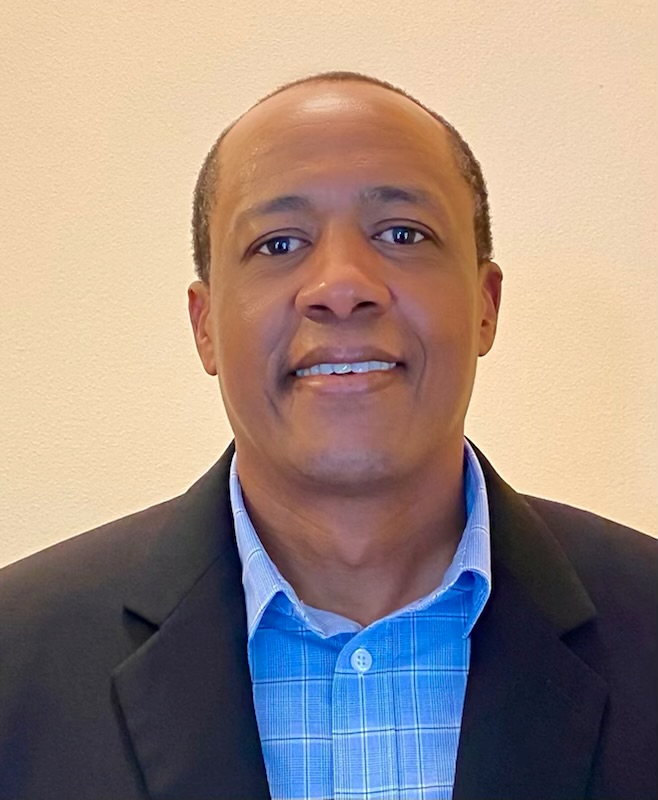Martin Luther King Jr. spoke of the darkness; we're still waiting for the dawn
- Oops!Something went wrong.Please try again later.
- Oops!Something went wrong.Please try again later.
- Oops!Something went wrong.Please try again later.
“The darkness is so deep that we hardly see which way to turn.”
The quote is from a 1962 sermon titled “A Knock at Midnight” by the Rev. Martin Luther King Jr.
King was painfully aware that racial segregation was justified in a dark place inside humans, yet his sermon was not just on racism. It was also meant to inject optimism into the dark history of the United States.
Despite the racism, King remained faithful to the theology of loving the enemy. No doubt he believed that God “makes the sun rise on both good and bad people.” It is from this spirituality of light and darkness that this column arises.
Light existed before the sun emerged from gas and stellar dust 6 billion years ago. That’s the light born from neutron stars, red stars, colliding galaxies and exploding stars minced under supermassive dark holes.
I imagine tracing the light beyond the event horizon toward what astrophysicists call “singularity” located in the heart of a supermassive dark hole. I imagine seeing the light coming our way from countless miles away.
It is the same light that landed on Earth even before massive volcanoes spat molten ore to create fertile soils. Even before the ancestors of plants moved from the sea to anchor on land. Nothing remains hidden from the light.
The light witnessed humans ditching four-legged strides to walk in two. The light became fascinated by human ingenuity of using fire to roast grain and game meat. Fire provided humans warmth and light to deter predators lurking in the dark. Yet it was not the darkness outside a Neanderthal’s cave that concerned the light. It was the darkness inside a Homo sapiens’ heart that worried the light.
The light witnessed darkness from greed and lust growing darker in the human heart. The darkness marshaled humans to trap fellow humans, sell slaves, buy slaves, torture slaves, rape slaves, lynch slaves. The darkness drove Southern states to fight till death in order to maintain slavery. The darkness rejected Reconstruction and accepted Jim Crow.
The light witnessed the segregation era, which spanned 1900 to 1939. It witnessed the birth of the Niagara Movement in 1905 “to fight for political and social equality for African Americans.” It witnessed members of the Niagara Movement, including W.E.B. Du Bois, joining forces with white reformers to create the National Association for the Advancement of Colored People (NAACP) in 1909. A new crop of civil rights leaders would be born.
The light witnessed a descendant of sharecroppers, the Rev. Michael Luther King Sr. and his wife, Alberta William King, celebrating the birth of their boy on Jan. 15, 1929. They named the child Martin. Martin Luther King Jr. became a brother to an older sibling, Willie Christine King, and a younger sibling, Alfred Daniel King.
The light witnessed King falling in love with Coretta Scott during college in Boston. The light witnessed King and Coretta tying the knot just before school segregation became illegal in the United States in 1954.
But the darkness was also there. In 1955, Rosa Parks was arrested in Montgomery, Alabama, for refusing to sit in the back of the bus as mandated by the law. In 1957, Arkansas Gov. Orval Faubus called on the National Guard to refuse nine African American students their legal right to integrate Central High School in Little Rock.
The light witnessed King sharing a dream at the Lincoln Memorial in 1963. “This momentous decree came as a great beacon light of hope to millions of Negro slaves who had been seared in the flames of withering injustice,” King said as he acknowledged Abraham Lincoln’s Emancipation Proclamation. “Now is the time to rise from the dark and desolate valley of segregation to the sunlit path of racial justice.”
The light witnessed the civil rights struggle come to fruition with the Civil Rights Act of 1964 and the Voting Rights Act of 1965. And King continued to advocate for even a more equitable future. “Let us be dissatisfied until the dark yesterdays of segregated schools will be transformed into bright tomorrows of quality integrated education. Let us be dissatisfied until integration is not seen as a problem but as an opportunity to participate in the beauty of diversity,” King said in a 1967 speech, “Where Do We Go from Here?”
King was assassinated in 1968.
The darkness is still here.
Overt “white only” signs no longer exist. Marriage between Blacks and Whites is allowed. The Black middle class has grown. Yet, in comparison to white counterparts, more Black women die during birth, more Black households face food insecurity, Black students owe more in student loans, Black men receive longer sentences for the same crime, Black families have lower net worth.
“Yes, the dawn will come,” King also believed.
But it's still midnight.
This is why racial integration is still faltering. This is why affirmative action is dead. This is why DEI is being killed.
And it's still dark.
And the light is still a witness.

Walter Suza of Ames, Iowa, writes frequently on the intersections of spirituality, anti-racism and social justice. He can be contacted at wsuza2020@gmail.com.
This article originally appeared on Des Moines Register: MLK spoke of the darkness; we're still waiting for the dawn

